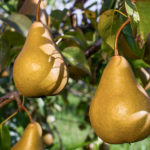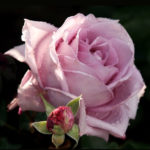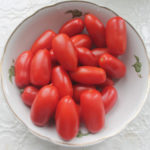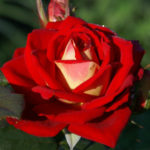Serbian spruce Karel
The strangest thing is that, despite the name, this tree looks nothing like the "classic" Serbian spruce, which is endemic to the Balkans. She is tall, slender, with a narrow, almost wedge-shaped crown. And Karel (Picea omorika Karel) ... however, let's not rush, and we'll tell you everything in order!
History of creation
The variety appeared relatively recently, in 1991. This is a short period for conifers, which usually grow slowly, especially in the first 10 years. There is an opinion that the unusual cultivar was selected from the many seedlings of the "standard" Serbian spruce, thanks to its special mutation that appeared by chance. Experts believe that in this case there was an uncontrolled cross-pollination of the Serbian spruce by some other species; most likely, black spruce.
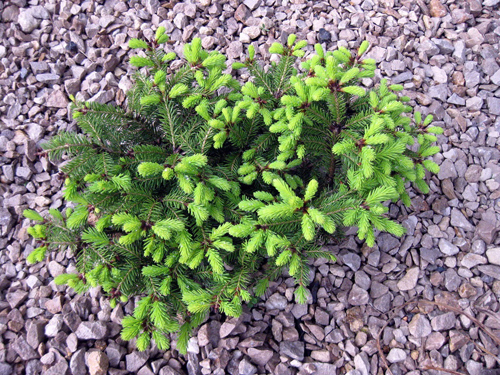
Be that as it may, the newly-minted variety fell in love with conifers, and for a quarter of a century Karel has been successfully spreading garden plots in Europe and America, successfully competing with old-timers.
Description of appearance
Our heroine belongs to a fairly large group of dwarf firs. Even in mature, adulthood, its height usually does not exceed the mark of 80 cm, and only in rare cases can it be equal to one meter. At the same time, the width of the crown of Karel at the base always exceeds a meter - a kind of dense, greenish ball, reminiscent of either a huge hedgehog, or a flattened pillow.
The annual growth of this crumb is 3-5 cm, and in the first 5-7 years the plant rather resembles a room, tub specimen. The needles are very dense, rich green, short and flattened (and this is already a traditional feature of a real Serbian spruce). It is covered with a characteristic wax coating, thanks to which each needle shines in the bright sun, giving the tree a special, "luminous" appearance.
Of the other peculiarities characteristic of the variety, it is worth noting that its short branches grow upward only at the very top of the crown. The lower to the ground, the more horizontal they are, and the lowest tiers with their tips already look into the ground.
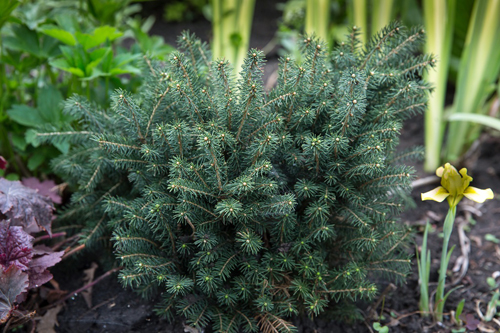
Now, after reading the description, it becomes clear why little Karel so confidently and quickly gained popularity among gardeners. Agree, if you love conifers, it is difficult to pass by such an unusual specimen!
The subtleties of agricultural technology
The described variety is very unpretentious in care, and this is also the secret of its popularity. It is especially easy to find the soil for this tree! It grows well both on alkaline soils, and on traditional, slightly acidified, and even depleted soils. It does not tolerate only excessive compaction, as well as overdrying, therefore it is advisable to loosen the trunk circle, adding a layer of mulch annually. When loosening, you should not dig deep - the variety has a rather superficial root system.
Karel tolerates gas pollution well. However, if trees grow, for example, in a city, next to a busy street, they should be periodically washed with plenty of water. Plants respond well to feeding, including organics. A good option is the annual spring application of rotted manure to the trunk circle.
Another advantage of the variety is its high winter hardiness. Even young Christmas trees can withstand twenty-degree frosts without shelter. Older specimens will freely survive and -30 °.
It is better to plant Karel in open, sunny areas, where the spruce will show its best qualities. At the same time, it tolerates partial shade well, although in such conditions the crown size will be smaller than standard.
How is it used in landscaping?
Considering everything that has been described above, it is not difficult to assume that the variety is quite versatile.Indeed, it is widely used as a tub culture, and even for decorating loggias and balconies, as well as an ordinary garden plant in the open field. These green balls will perfectly decorate an alpine slide, a small area in Japanese style.
Also perfect for revitalizing a slope in the garden, as an element in a group planting. Small rose bushes look great next to them. It is also beneficial to decorate retaining walls with Karel trees, fence pools, and decorate gazebos. Do not forget that such ate, in addition to its visual appeal, smell great of fresh needles, and throughout the year!
